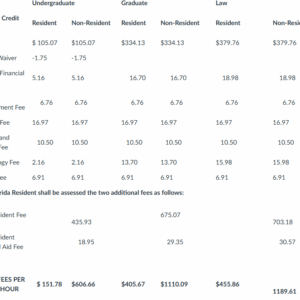Education | February 4th, 2024
Leap year 2024: Embracing a Bonus Day
By: Jasmine Dyer | Staff writer

As we step into the new year, it not only comes with another chance to reach your goals and make new opportunities, but it also has an extra day!
What’s changing?
2024 is a leap year, which means instead of having 365 days in the year, there will be 366 days. The bonus day, known as leap day, falls on Thursday, Feb. 29. The month typically has 28 days, but this year and every four years we’re graced with another day.
Leap day babies, or Leaplings, will finally get the chance to celebrate their actual birthdays rather than celebrating on March 1. But won’t get another advantage to celebrate until Tuesday, Feb. 29, 2028— the next leap year.
Leap day isn’t just another day on the calendar; it plays an essential role in keeping our calendars in sync with the Earth’s seasons as it orbits around the sun. Earth takes about 365.25 days to complete its orbit around the sun, but since we round the amount to 365, leap day serves as a solution to ensure that our calendar remains accurate. This helps to avoid a negative impact on our planet’s agriculture.
The creation of the leap year can be credited to the ancient Romans, like Julius Caesar, who introduced the Julian calendar in 45 BCE. Caesar’s reform incorporated a leap year system, adding an extra day every four years to account for the extra 0.25-day length of Earth’s orbit around the sun.
In 1582, Pope Gregory XIII made slight modifications to the calendar, making all years divisible by four considered leap years, adopting the Gregorian calendar we use today.
Businesses and individuals might use this opportunity to launch special events or promotions. Whether it’s a sale or a social event, people use leap day as a time for fun and engagement.
What’s staying the same?
Although there’s a lot of excitement surrounding leap day, its occurrence remains consistent with a four-year cycle. The concept of Leap Day is globally recognized and followed by most countries, displaying a shared understanding of timekeeping.





